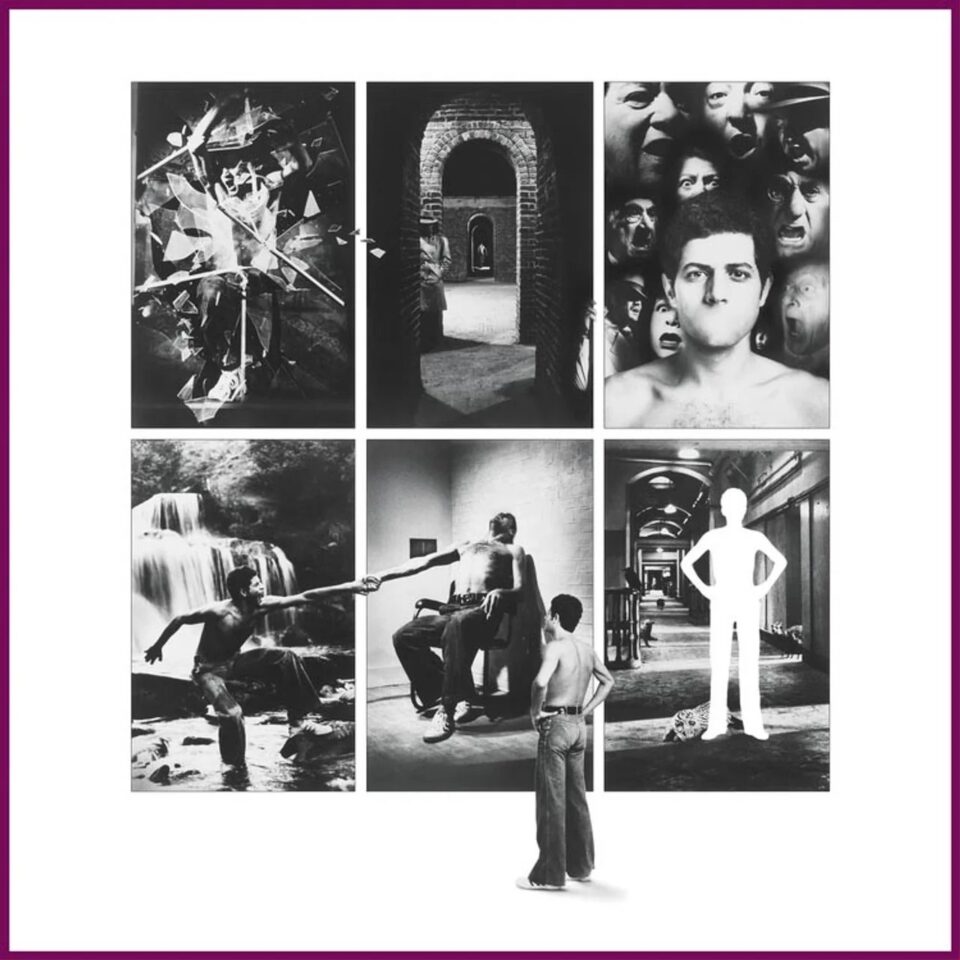Hildegard of Bingen is considered the patron saint of musicians and writers. As a prolific lyrical poet and writer on topics such as medicine and natural history, she’s inspired countless artists from David Lynch to Devendra Banhart. The latest to draw inspiration from the 12th century nun, mystic, healer, composer, and visionary is the new collaborative project between Canadian musicians Helena Deland and Ouri.
The Canadian composers are two innovative artists in their own right, but together they enter an otherworldly realm. The former released an excellent debut album last year called Someone New, and the latter an affecting debut EP We Share Blood in 2018. Today, however, they’ve released their first album as the collaborative project Hildegard. Their self-titled debut album is “a chronological document of the eight days we spent together in the studio while getting to know each other, and the first of many to come, and something we hope you will enjoy.”
The nun wrote of her prophetic visions, “Heaven was opened and a fiery light of exceeding brilliance came and permeated my whole brain and inflamed my whole heart and my whole breast.” Although the works of Deland and Ouri don’t predict what’s to come, their compositions sometimes feel seized by divinity. Over punching electronic beats and layered vocal hums, the duo weave together magnetic tracks that feel like pungent meditations of time and space.
We asked them to put together a playlist, which they’ve dubbed “A Day in the Life.” Similar to their documentations of their days in the studio together, their collection of songs “reimagines some key moments of Hildegard’s daily routine.” Hear and read about their picks below.
Nicolas Jaar, “Telencima”
Warming up at the church organ, the sun isn’t out yet. She usually wakes up with a very effervescent creative mind, and lets it wander in all directions.
Pavel Milyak, Bendik Giske, “Untitled 2”
The sun floods her sanctuary where she connects to a mystical energy and practices circular breathing like Bendik does.
Yves Tumor, “Ciervo”
She is silently joined by the lute player for a session of transcendental meditation. The other nuns are listening through the walls, and entranced by this groove, dance to this joyful rhythmic melody.
Mhysa, “Ropeburn”
While walking in the nearby forest, Hildegard imagines how her life might be had she never made the vow of chastity. She thinks about the women in this world. A melody comes to her mind and seems to resonate endlessly.
Object Blue, “Closed Open”
She twists this flow of energy she’ll never burn off to write a canticle encouraging women to experience pleasure. Deeply telluric and humanistic, this piece will prevent her canonization.
Andy Stott, “Leaving”
She opens the doors of her abbey and hears a delicious choir of nuns and is penetrated by a deep feeling of ecstasy.
Jon Hassell, “Dreaming”
Her ecstasy submerges her brain and visions rhythmically flash in her mind, progressively forming a new alphabet that she decides to call “Lingua Ignota.”
Floating Points, Pharaoh Sanders, & London Symphony Orchestra, “Movement 6”
Recovering from a day of visions and diverse creations, she isolates in her room.
Kelly Moran, “Radian”
The last rays of the sun bounce from her eyes to the horizon as she rings the bells to announce the end of the day to the surroundings, from the tower of the abbey.
Bendik Giske, “Adjust”
She invites all the nuns to regroup and celebrate a connection to the sublime, a last trance before another day brings them back again.









